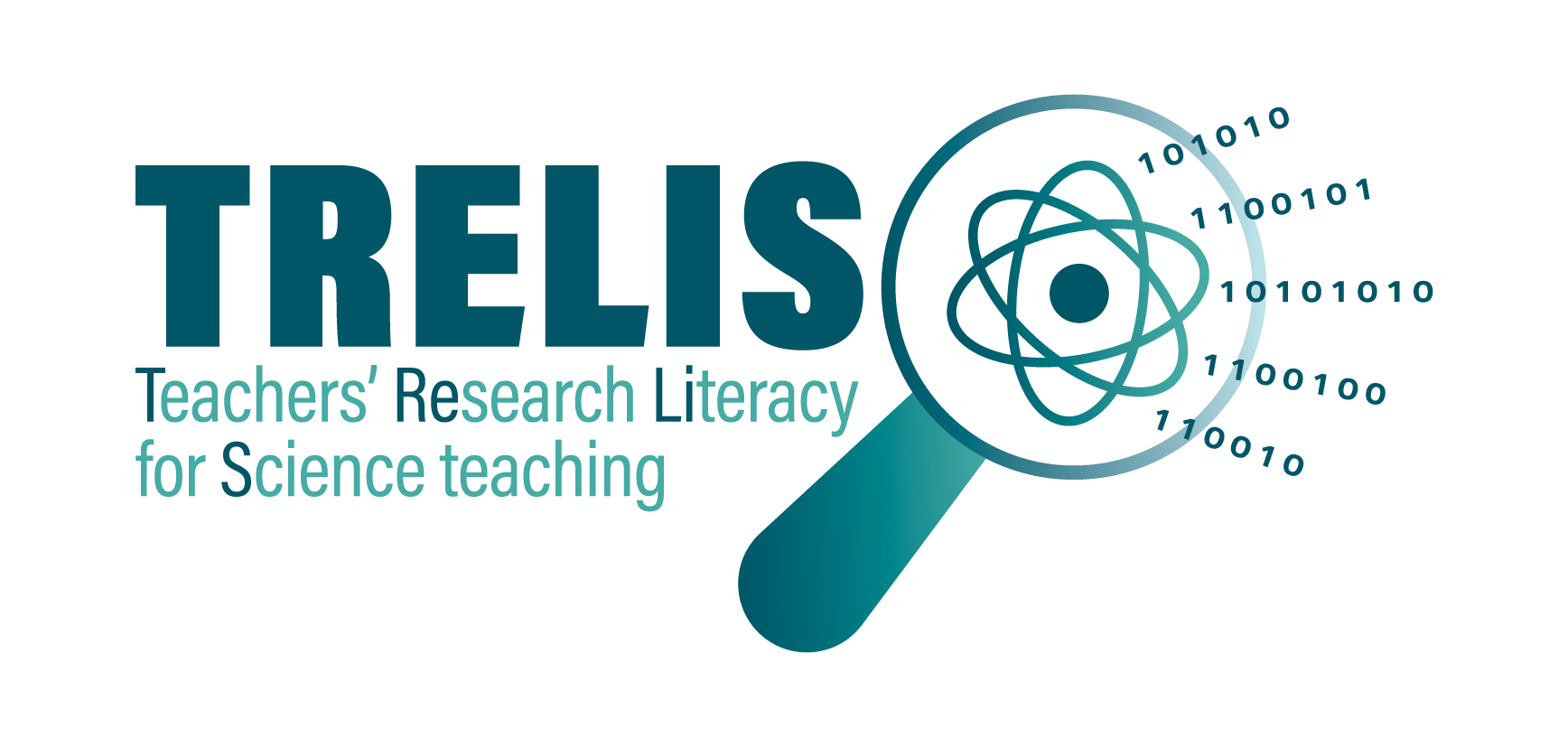Participants:
| Ellen K. Henriksen (WP leader) | OsloMet (UiO) |
| Gunilla Eklund | OsloMet (Åbo Akademi) |
| Siv G. Aalbergsjø | OsloMet |
| Kirsti M. Jegstad | OsloMet |
| Katarina Pajchel | OsloMet |
| Tonje T. S. Strat | OsloMet |
Scope:
Work package 2 (WP 2) provides the background for project TRELIS through mapping the conditions for research-based science teacher education (RBSTE). The aim is to identify possibilities and challenges in RBSTE as well as best-practice examples of how RBST may be implemented within the five-year teacher education in Norway. The work package involves empirical studies of student teachers’, teachers’ and teacher educators’ views of RBSTE as well as analysis of study programme content and structure, learning goals, assignments and course literature in 5-year teacher education programmes. Also, the school placement component of teacher education will be examined with a view to the role of research. Special attention will be given to inquiry-based science education and its implications for science teacher education, since much science education research and development internationally is focused on this and since inquiry is central in the new Norwegian school science curriculum.
| Research questions: | Methods and data: |
| 2.1 In what ways can a research component of science teacher education be identified in course plans, reading lists, lesson plans, and assignments in teacher education programmes? | Document analysis |
| 2.2 What is the role of school placement within research-based science teacher education – through the eyes of mentors? | |
| 2.3 Inquiry-based science as an example sub-field of RBSTE: How is inquiry-based learning (IBL) implemented in science teacher education; what does research tell us about best practice and challenges, and which areas need more research? | Systematic literature review |
| 2.4 How do teacher educators and student teachers conceptualise and relate to RBSTE with particular focus on inquiry-based learning? | Interviews with staff at 5 teacher ed. institutions; Interviews with students at OsloMet and HVL |
| 2.5 What opportunities and challenges and best-practice examples can be identified for implementing RBSTE? | Collecting theoretical grounding and empirical results from the 4 first research questions in WP 2 and from WPs 3, 4, 5 and 6 |
